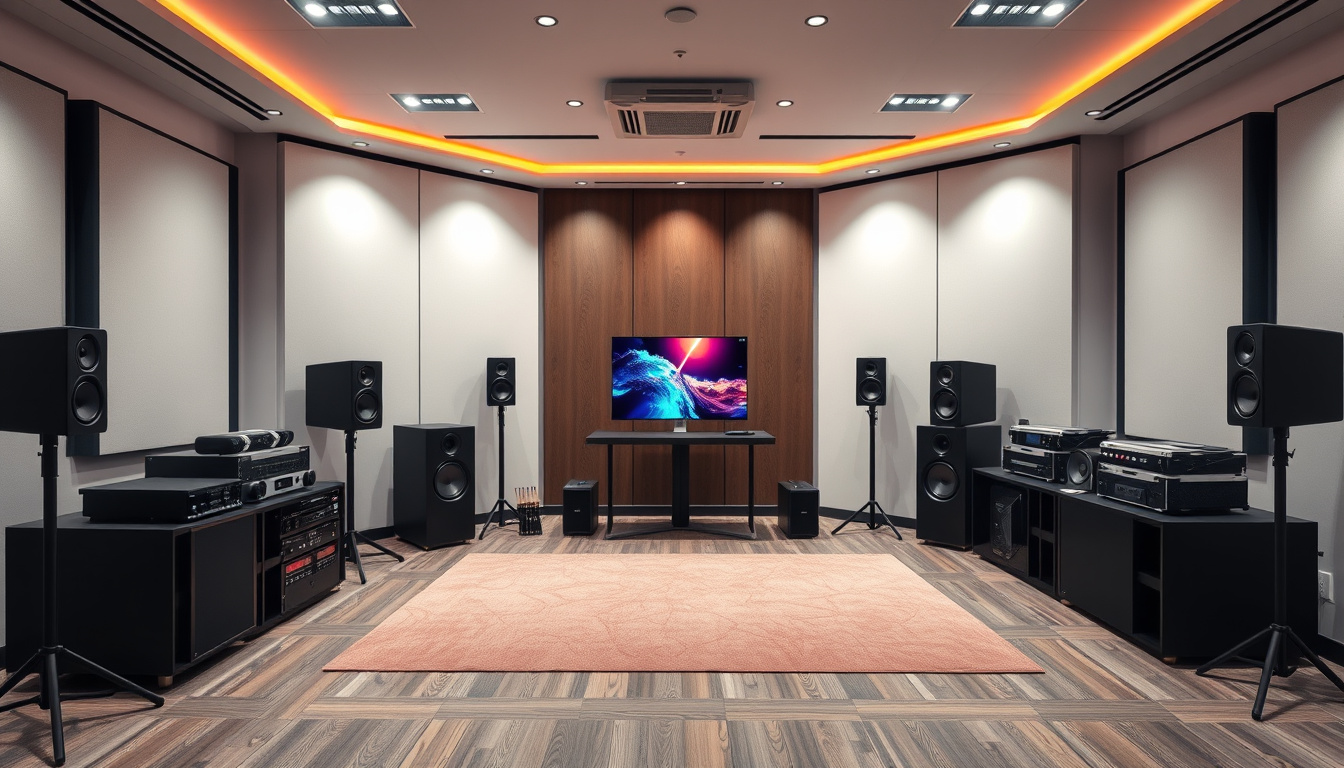In today’s fast-paced digital landscape, implementing multi-channel configurations is essential for businesses looking to reach clients and customers effectively. Whether you’re in music production, film, or game development, having a multi-channel audio setup transforms simple sound experiences into immersive auditory adventures. This guide will walk you through how to implement these configurations and ensure that your business stands out in the crowded market.
What is Multi-Channel Audio?
Multi-channel audio refers to systems that use multiple audio channels (or speakers) to create a surround sound experience, enhancing the listening experience. This can include setups like 5.1, 7.1, and newer formats like Dolby Atmos, which allows for even greater spatial manipulation of sounds.
Key Benefits of Multi-Channel Configurations
- Enhanced Audio Quality: Rich, layered sounds that provide a more immersive experience.
- Improved User Engagement: Engaged audiences are more likely to absorb content.
- Versatility: Suitable for various applications, from entertainment to educational purposes.

Implementing Multi-Channel Configurations
Step 1: Choose the Right System
The first step in implementing a multi-channel configuration is to select an appropriate audio system. Here’s a quick breakdown of common configurations:
-
5.1 Surround Sound: This includes five speakers (front left, front center, front right, rear left, and rear right) and one subwoofer (the “.1” for low-frequency effects). This setup suits smaller spaces and typical home theaters.
-
7.1 Surround Sound: Adds two additional side speakers to enhance audio directionality. Ideal for larger rooms.
-
Dolby Atmos: This advanced format adds height speakers for a 3D audio experience. The minimum recommended setup is 7.1.4, making it perfect for environments where sound spatiality is critical.
Step 2: Room Setup and Speaker Placement
Once the system is selected, setting up the physical environment and speaker placement is crucial. Here are guidelines to follow:
-
Room Dimensions: Adhere to suggested room sizes based on your setup. For Atmos, a space of at least 3.5m x 3m x 2.4m is recommended.
-
Speaker Layout: Follow industry standard configurations for best results. This includes positioning front, side, and rear speakers at optimal angles—usually within recommended distances from the listener for balanced sound.
-
Calibration: Calibration of volume levels and frequencies for each speaker should be automated where possible. Use tools like SPL meters to ensure sound consistency across the board.
Step 3: Control Systems
Having the right control systems is key to managing a multi-channel configuration effectively:
-
Audio Interface: At minimum, your audio interface should support multiple outputs—12 for a basic Atmos system.
-
Monitor Control Solutions: Choose between software (like Dolby Renderer or various DAW options) or hardware controllers for managing audio output, allowing for easy volume adjustments and channel management.
Step 4: Content Management
As you move to a multi-channel setup, managing the audio content produced is essential.
-
Audio Formats: Understand and utilize various audio formats. For optimal results, ensure your mixing techniques consider both spatial sound and individual audio channels, especially for immersive content.
-
Integration with Software: Use audio composition software like Wwise, which specifically designs orchestration in virtual environments. This allows for flexibility in managing audio assets and sound placements across various devices.
Step 5: Testing and Feedback
Once the setup is complete, the final critical step involves rigorous testing and gathering user feedback.
-
Conduct Trials: Play various audio formats through your new configuration to observe performance and spatial audio quality.
-
Collect Feedback: Understand user experiences and make necessary adjustments to both the setup and the content.
Conclusion
Implementing a multi-channel configuration can be a game changer for any business focused on delivering auditory experiences. By understanding the necessary components—from system selection to room acoustics and user control—you can create soundscapes that captivate audiences and distinguish your brand. Embrace the transition to multi-channel audio today, and watch your business resonate in the marketplace!



